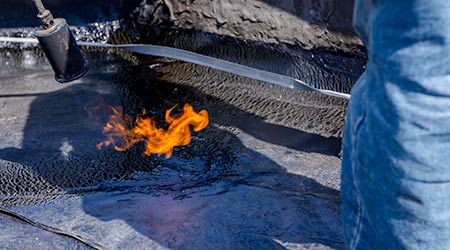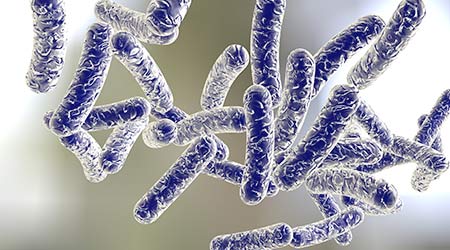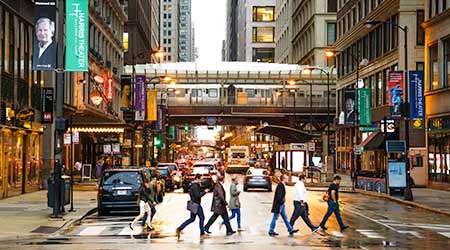
Sick Buildings: The Battle for Hygiene
June 12, 2018
The flow of occupants and visitors through institutional and commercial buildings never seems to end. Whether the building in question is a K-12 school, a hospital or a government office building, people constantly move into, through and out of buildings. And each person brings germs along for the ride.
Beyond all of the other challenges managers face daily, they also must be aware of the health of buildings’ indoor environment and, specifically, the impact of that environment on visitors and occupants. In addition to monitoring and addressing indoor air quality, managers need to pay attention to building components, equipment, materials and surfaces that can harbor germs — specifically, viruses and bacteria that can make occupants and visitors sick.
Read: The Mold-Maintenance-IAQ Connection
Feeling sick after a vacation is pretty much a given, especially if you spent any part of that trip on airplanes and in airports. It could be because of the surfaces you touch in transit, according to a recent survey by InsuranceQuotes.com, a Texas-based insurance website. The survey found that the dirtiest places in an airport are the self check-in kiosks — you know, the ones that pretty much every traveler uses these days. In fact, they have more than 1,475 times the amount of bacteria than your toilet seat at home, according to Conde Nast Traveler.
Read: Wellness As the Second Wave of Sustainability
The company conducted 18 tests across six surfaces at three major U.S. airports, swabbing each surface several times and then averaging the amount of colony-forming units (CFU) — aka viable bacteria and fungal cells — per square inch. According to their findings, the average self-check-in screen at airports contained 253,857 CFU. For comparison, an average of 172 CFU are found on household toilet seats.
The check-in screens are the dirtiest spots by a long shot, but they certainly aren't the only germ-infested surfaces in an airport. Gate bench armrests and water fountain buttons came in second and third place, with 21,630 CFU per square inch and 19,181 CFU per square inch respectively.
This Quick Read was submitted by Dan Hounsell — dan.hounsell@tradepressmedia.com — editor-in-chief of Facility Maintenance Decisions, and chief editor of Facilitiesnet.com.
Next
Read next on FacilitiesNet












